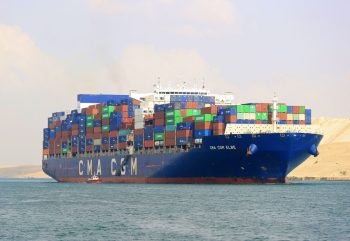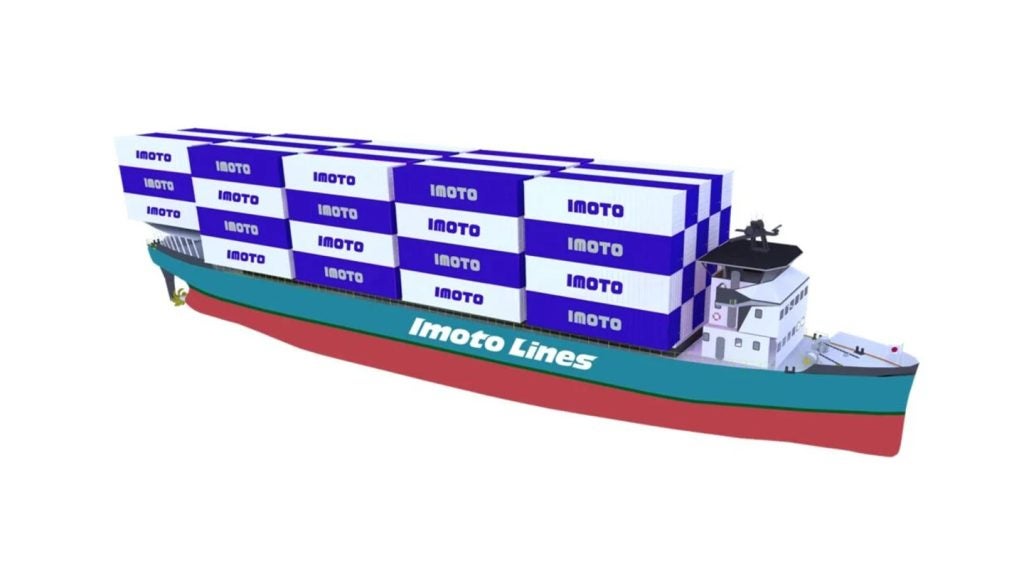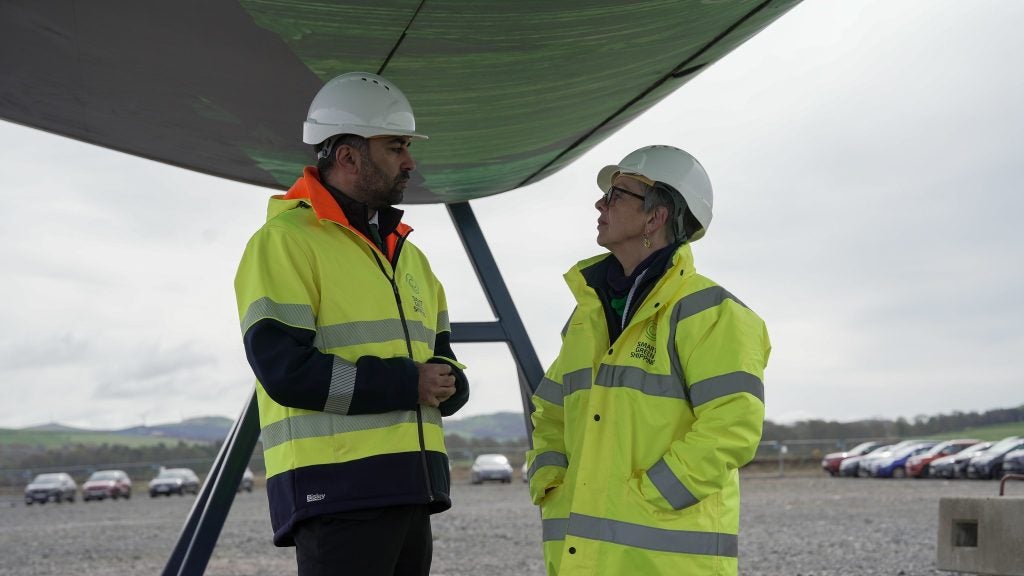
The diversion of more than 100 container ships around the southern tip of Africa, from their usual Asia-to-Europe route from the Red Sea to the Mediterranean via the Suez canal, is leading to a spike in carbon dioxide (CO₂) emissions, according to analysis from data analytics company Sea-Intelligence.
Iranian-backed Houthi rebels started attacking ships in the Red Sea in November in response to Israel’s military assault on Gaza, forcing ships from around the world to divert their routes.
Emissions from the increased distance travelled by rerouted ships have risen by 31% and 66%, respectively, for journeys from Asia to North European and Mediterranean ports, according to Sea-Intelligence.
This is supported by a separate analysis from industry platform Pier2Pier.com, reported by Reuters, which found the total estimated emissions for the average container vessel carrying 150,000 tonnes (t) of cargo travelling from southern China to Rotterdam rose from 41,000t of CO₂ equivalent (tCO₂e) via the Suez Canal to 55,000tCO₂e via the southern tip of Africa, a 34% increase.
Sea-Intelligence analysts added that were vessels to increase their sailing speed to make up for the greater distance, emissions would rise even further – a 1-knot increase in speed from 16 to 17 knots would increase emissions by 14%, according to the fuel consumption model.
See Also:
It noted as shipping lines “scramble to phase in additional capacity to cater for the longer sailing distances” they are deploying “smaller, less fuel-efficient vessels”. On a TEU basis, some of these smaller vessels are expected to see a 141% rise in emissions compared with conventional ultra-large container vessels.
How well do you really know your competitors?
Access the most comprehensive Company Profiles on the market, powered by GlobalData. Save hours of research. Gain competitive edge.

Thank you!
Your download email will arrive shortly
Not ready to buy yet? Download a free sample
We are confident about the unique quality of our Company Profiles. However, we want you to make the most beneficial decision for your business, so we offer a free sample that you can download by submitting the below form
By GlobalDataAltogether, Sea-Intelligence estimated CO₂ emissions from container ships diverting from their usual Red Sea routes could increase by between 260% and 354%.
The greater costs incurred by shipping companies travelling to Europe will also be increased further by the EU’s Emissions Trading System (ETS), which as of 1 January 2024, includes maritime emissions for vessels calling at EU ports.
Under ETS rules, companies must pay for their CO₂ emissions based on the distance travelled between the last port of call outside of the EU (excluding the UK, Tangier and Port Said) and the first call into the EU, explained the Atlantic Council.
A 14,000TEU box ship diverting around the Cape of Good Hope could see its EU ETS costs rise by around $100,000 per voyage, while speed increases would “spike fuel usage” even further, according to calculations from intelligence platform OceanScore.
Beyond the Red Sea: Israel-Gaza war's impact on emissions
Red Sea shipping diversions are just one example of rising emissions linked to the Israel-Gaza war. The combined emissions from bombs, rockets and artillery, flight time for bomb raids and the delivery of materiel to Israel via cargo jets amounted to 281,315tCO2e in the first 60 days of the war, according to research published in January by the Social Science Research Network.
This article was first published on our sister site Energy Monitor.






